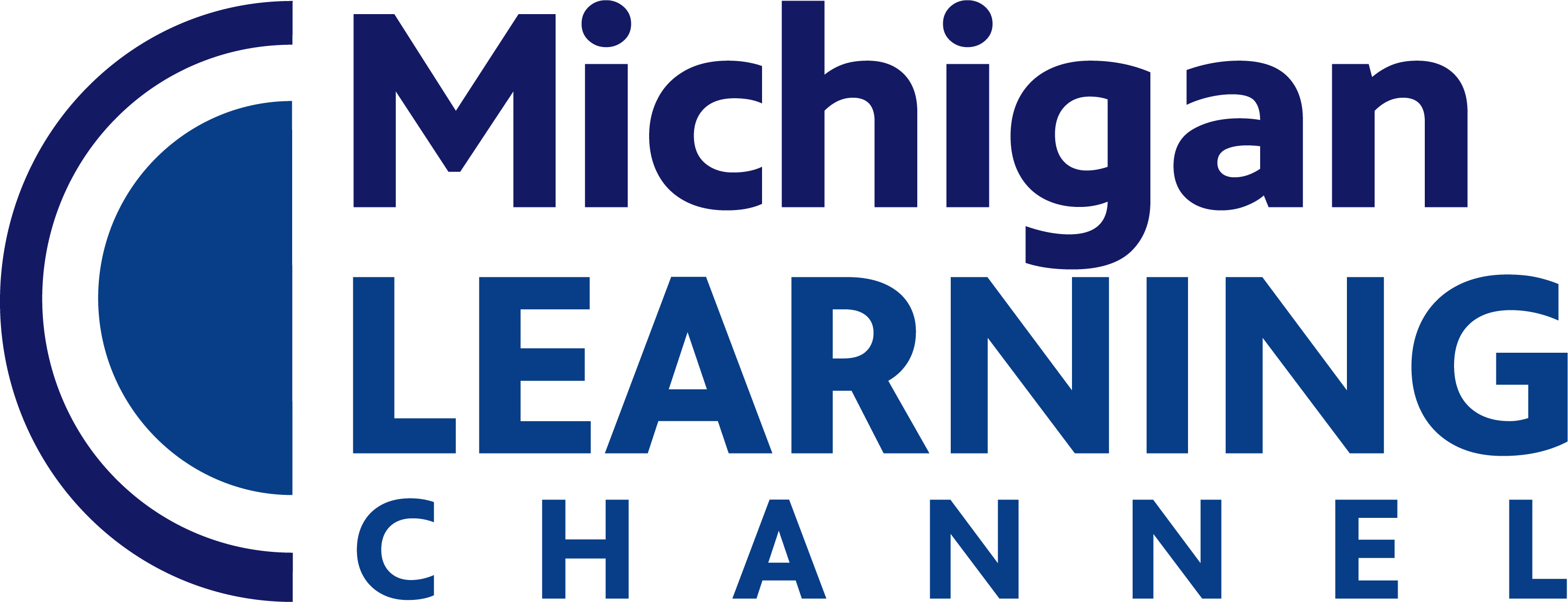Grades
Standard
Demonstrate a basic knowledge of European theatre history that may include primitive storytelling and Greek/Roman times to the Elizabethan period.
Identify the ways in which many cultures have used theatre to communicate ideas.
Research and identify a wide variety of professions related to theatre; playwriting, acting, design, and directing.
Identify examples of how theatrical productions can influence or be influenced by politics and culture.
Sing and play accurately in both small groups and large ensembles, with appropriate technique and breath control.
Sight read basic melodies in treble or bass clef, using combinations of whole, half, quarter, and eighth notes and rests; [...]
Use a variety of traditional and nontraditional sound sources when composing, arranging, and improvising.
Identify and describe specific musical elements and events in a given aural example, using appropriate terminology.
Demonstrate knowledge of the basic principles of rhythm, simple meter (2/4, 3/4, 4/4), and the intervals of a major scale.
Develop criteria based on musical knowledge and personal reflections to evaluate the quality and effectiveness of music performances. Apply these [...]
Evaluate the quality and effectiveness of one’s own and others’ musical performances and creations by applying specific and appropriate criteria, [...]
Introduce and explore creating contrasting and complimentary shapes, and taking and supporting weight with a partner.
Introduce and explore creating movement that communicates a topic of personal significance.
Introduce the concept of dance analysis and the appropriate dance/movement vocabulary.
Introduce and be able to identify different accompaniment that could have an affect on the meaning of dances.
Introduce and explore the concept of using different lighting and costumes to contribute to the meaning of a dance.
Introduce manipulation of movement and the concepts related to movement selection.
Demonstrate appropriate audience behavior while watching live dance, including how to appropriately express their opinions during and after the performance.
Identify and demonstrate understanding of dance elements, space, time, and force when looking at a dance.
Explore individual components used in determining aesthetic criteria such as skills of performers, originality, visual and/or emotional impact, variety, and [...]
Introduce, research, and explore folk, social, or theatrical dance forms learned from resources in their own community, of different cultures, [...]
Introduce, research, and explore the role of dance in a culture or time period.
Introduce, research, and explore similarities and differences of other art disciplines.
Sing and play with expression and technical accuracy, an increasingly diverse repertoire of literature at developmentally-appropriate levels. Perform at least [...]
Validate the effects of visual structures and functions, and reflect upon these effects in personal work.
Understand and respect that there are different responses to specific art works in a global community.
Develop a sensitivity and understanding of how personal experiences can influence the development of artwork.
Defend the history of visual arts and specific relationships to various cultures and times.
Grades
Standard
Demonstrate a basic knowledge of European theatre history that may include primitive storytelling and Greek/Roman times to the Elizabethan period.
Identify the ways in which many cultures have used theatre to communicate ideas.
Research and identify a wide variety of professions related to theatre; playwriting, acting, design, and directing.
Identify examples of how theatrical productions can influence or be influenced by politics and culture.
Sing and play accurately in both small groups and large ensembles, with appropriate technique and breath control.
Sight read basic melodies in treble or bass clef, using combinations of whole, half, quarter, and eighth notes and rests; [...]
Use a variety of traditional and nontraditional sound sources when composing, arranging, and improvising.
Identify and describe specific musical elements and events in a given aural example, using appropriate terminology.
Demonstrate knowledge of the basic principles of rhythm, simple meter (2/4, 3/4, 4/4), and the intervals of a major scale.
Develop criteria based on musical knowledge and personal reflections to evaluate the quality and effectiveness of music performances. Apply these [...]
Evaluate the quality and effectiveness of one’s own and others’ musical performances and creations by applying specific and appropriate criteria, [...]
Introduce and explore creating contrasting and complimentary shapes, and taking and supporting weight with a partner.
Introduce and explore creating movement that communicates a topic of personal significance.
Introduce the concept of dance analysis and the appropriate dance/movement vocabulary.
Introduce and be able to identify different accompaniment that could have an affect on the meaning of dances.
Introduce and explore the concept of using different lighting and costumes to contribute to the meaning of a dance.
Introduce manipulation of movement and the concepts related to movement selection.
Demonstrate appropriate audience behavior while watching live dance, including how to appropriately express their opinions during and after the performance.
Identify and demonstrate understanding of dance elements, space, time, and force when looking at a dance.
Explore individual components used in determining aesthetic criteria such as skills of performers, originality, visual and/or emotional impact, variety, and [...]
Introduce, research, and explore folk, social, or theatrical dance forms learned from resources in their own community, of different cultures, [...]
Introduce, research, and explore the role of dance in a culture or time period.
Introduce, research, and explore similarities and differences of other art disciplines.
Sing and play with expression and technical accuracy, an increasingly diverse repertoire of literature at developmentally-appropriate levels. Perform at least [...]
Validate the effects of visual structures and functions, and reflect upon these effects in personal work.
Understand and respect that there are different responses to specific art works in a global community.
Develop a sensitivity and understanding of how personal experiences can influence the development of artwork.
Defend the history of visual arts and specific relationships to various cultures and times.


